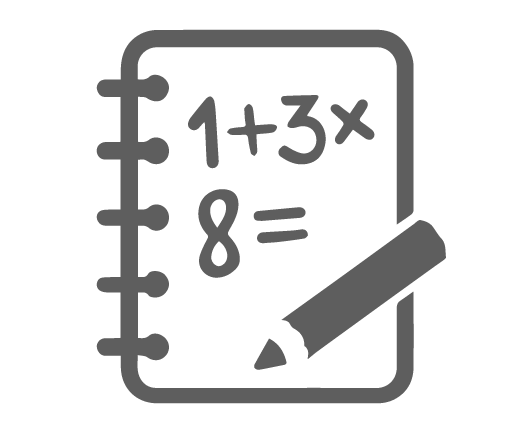Teacher Notes: This article provides a clear introduction to vectors and matrix equations in linear algebra. It explains what vectors are, how they can be added, and how linear combinations work. The concept of span is discussed, illustrating how vectors can reach different positions through linear combinations. The article also covers how matrices are used to solve systems of linear equations, highlighting important properties of matrices and their role in vector equations. Understanding these fundamentals is crucial for tackling more complex problems in linear algebra.
Understanding Vector Equations and Matrix Equations in Linear Algebra
Introduction to Vectors
In linear algebra, a vector is like an arrow that has both direction and length. Mathematically, we write it as a list of numbers in a column. For example, a vector in two-dimensional space (R2) might look like this: This vector would point to the position 2 units right and 3 units up on a graph.
Adding Vectors
When we add vectors, we can visualize it by drawing them tip-to-tail. The result is a new vector from the start of the first to the end of the last. Mathematicians call this the “Parallelogram Rule” because the vectors form a parallelogram shape.
Linear Combinations
A linear combination is when we multiply vectors by numbers (called weights) and add them together. For example, if we have vectors v and u, we might make a linear combination like this:
2v + u
This means “two times vector v plus one times vector u”.
Span
The span of a set of vectors is all the vectors you can make using linear combinations of those vectors. It’s like all the places you can reach if you’re allowed to go along those vectors in any combination.
Matrices and Vector Equations
A matrix is a rectangular array of numbers. We can use matrices to solve systems of linear equations. There are three ways to look at these systems:
- As a list of equations
- As a vector equation
- As a matrix equation (Ax = b)
All three ways are equivalent and can be used to find the same solutions.
Important Concepts
- If a matrix A has as many pivot columns as it has rows, then for any vector b, we can always find a solution to Ax = b.
- The columns of a matrix A span a space if we can make any vector in that space using linear combinations of those columns.
- For a 3×3 matrix to span all of 3D space (R3), it needs to have a pivot in every row.
Matrix Properties
Finally, matrices have some important properties when we use them with vectors:
- A(u + v) = Au + Av This means that if we add two vectors and then multiply by a matrix, it’s the same as multiplying each vector by the matrix and then adding the results.
- A(cu) = cAu This means that multiplying a vector by a number and then by a matrix is the same as multiplying by the matrix first and then by the number.
These properties help us understand how matrices behave and are crucial for solving more complex problems in linear algebra.
Works Cited:
Khan Academy. “Introduction to Vectors and Scalars.” Khan Academy, www.khanacademy.org/math/linear-algebra/vectors-and-spaces/vectors/v/introduction-to-vectors-and-scalars. Accessed 19 July 2024.
Strang, Gilbert. Introduction to Linear Algebra. Wellesley-Cambridge Press, 2016.
Lay, David C. Linear Algebra and Its Applications. 5th ed., Pearson, 2015.
Paul’s Online Math Notes. “Linear Algebra – Vector Operations.” Lamar University, tutorial.math.lamar.edu/Classes/LinAlg/VectorOperations.aspx. Accessed 19 July 2024.
MIT OpenCourseWare. “Linear Algebra.” Massachusetts Institute of Technology, ocw.mit.edu/courses/mathematics/18-06-linear-algebra-spring-2010/. Accessed 19 July 2024.
